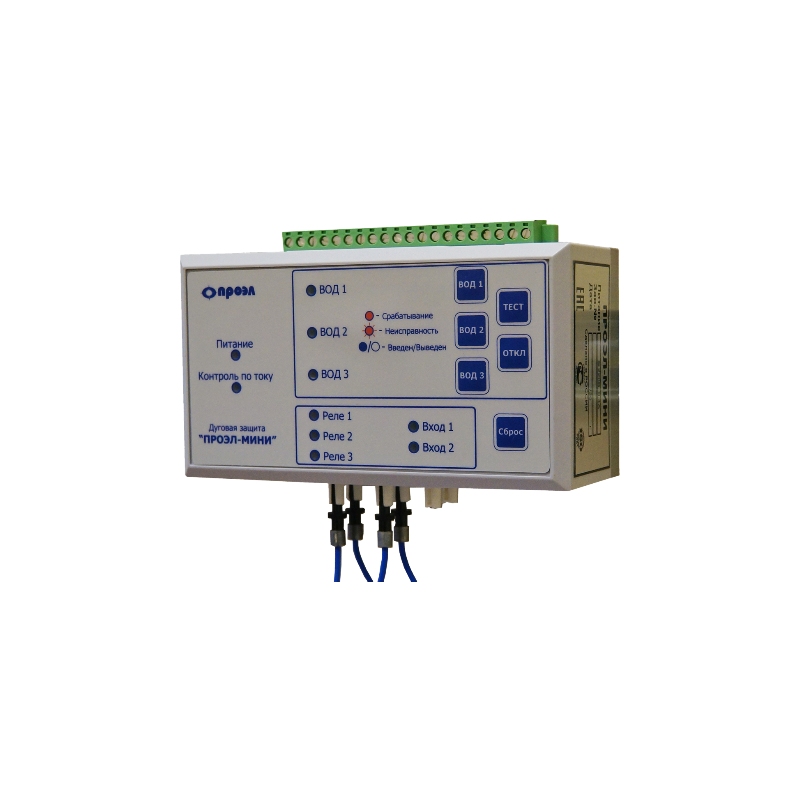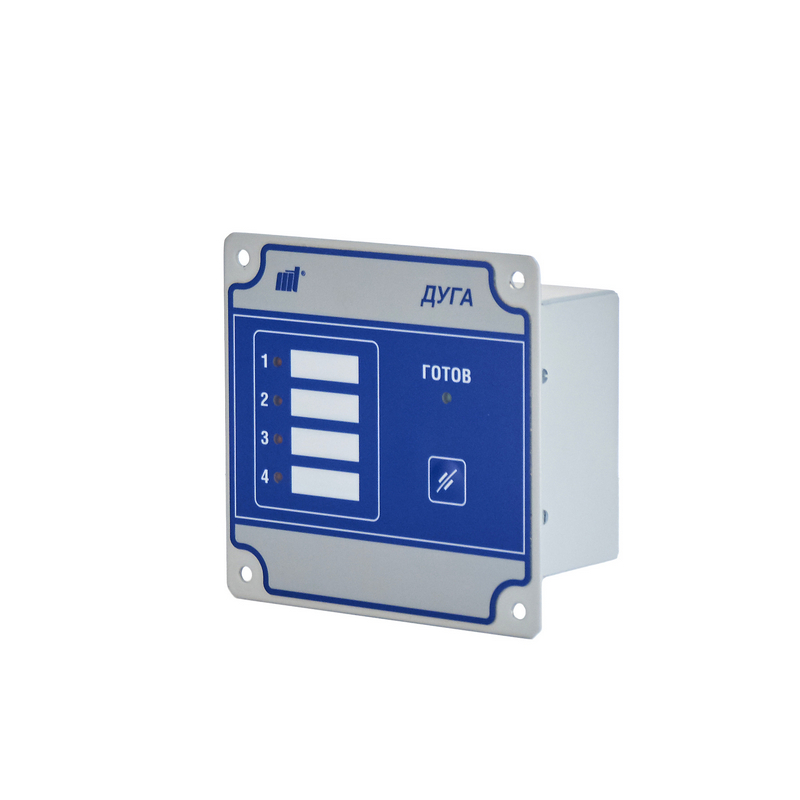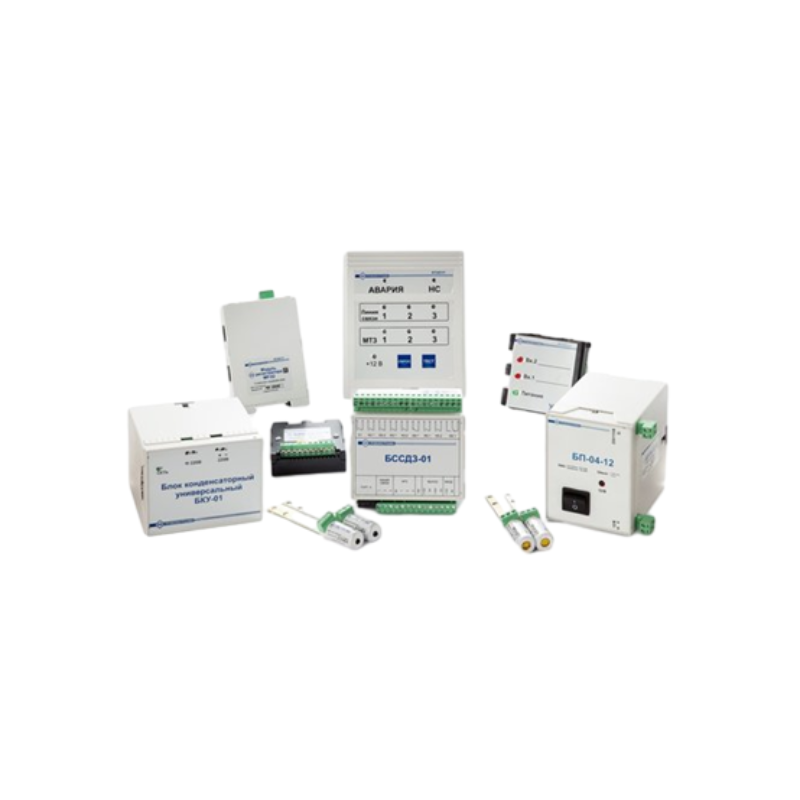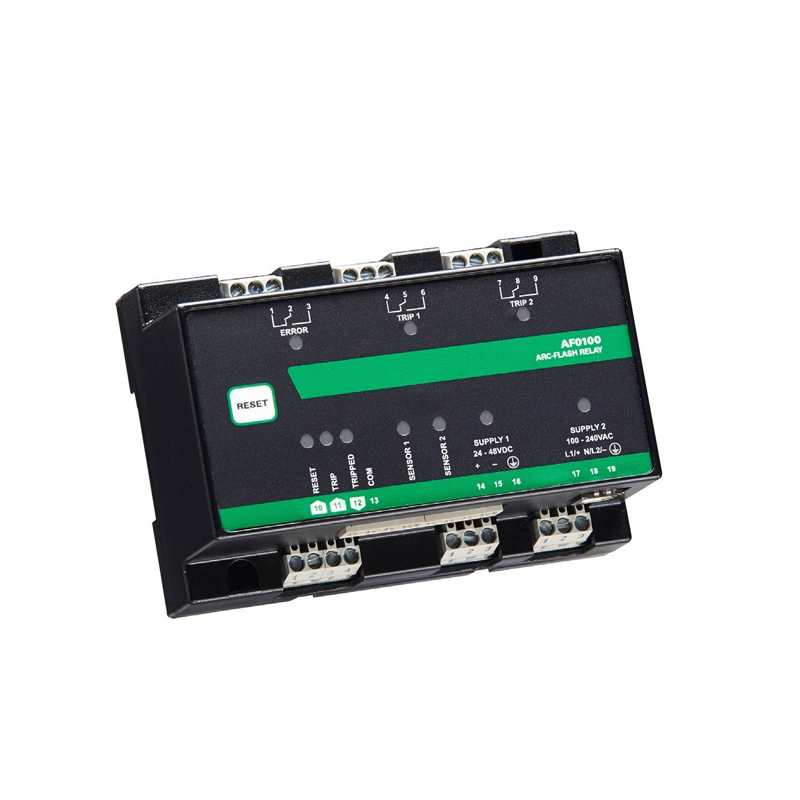Features
- Interface for connection to the substation bus using the MMS protocol;
- Interface for connecting to the process bus using the GOOSE protocol;
- 4 fiber-optic sensors of a point type for registration of an arc discharge with a function of continuous monitoring of the performance of each sensor;
- The possibility of using a loop-type sensor instead of a point one;
- Decommissioning of any number of sensors;
- Protection against false alarms when illuminated by a 60 W incandescent lamp from a distance of at least 15 cm and from sunlight;
Applications
- Reduce the harm of arc light to human body;
- Reduce damage to equipment caused by arc short-circuit faults;
- Avoid transformer damage caused by bus failure;
- Protect the dc system in the station;
- Ensure the stable operation of power substations;
- Thermal power plant electrical section switchgear;
- Wind farm and photovoltaic station switchgear;
- Large municipal engineering project;
Specification
- Supply voltage – 24 V DC, 1 A;
- Operating temperature range – from – 35 C to + 65 C;
- WATER operation threshold – no more than 0.5 mw/cm;
- Response time – no more than 2 ms;
- Up to 12 channels for connecting fiber-optic sensors of point or loop type;
- Up to 8 freely programmable electromechanical output relays for the organization of trip signals and inhibitions of automatic reclosure and automatic reclosure;
- Connection of up to 100 expansion units to increase the number of sensors and output signals from the OVOD-L arc protection device line via the CAN bus;
- 4 analog inputs for measuring 3 phase currents (A,B,C) and zero sequence 3Io.
- Main characteristics of analog inputs:
- Rated current – 1/5 A;
- Range of measured effective values of phase currents – 0.5…50





